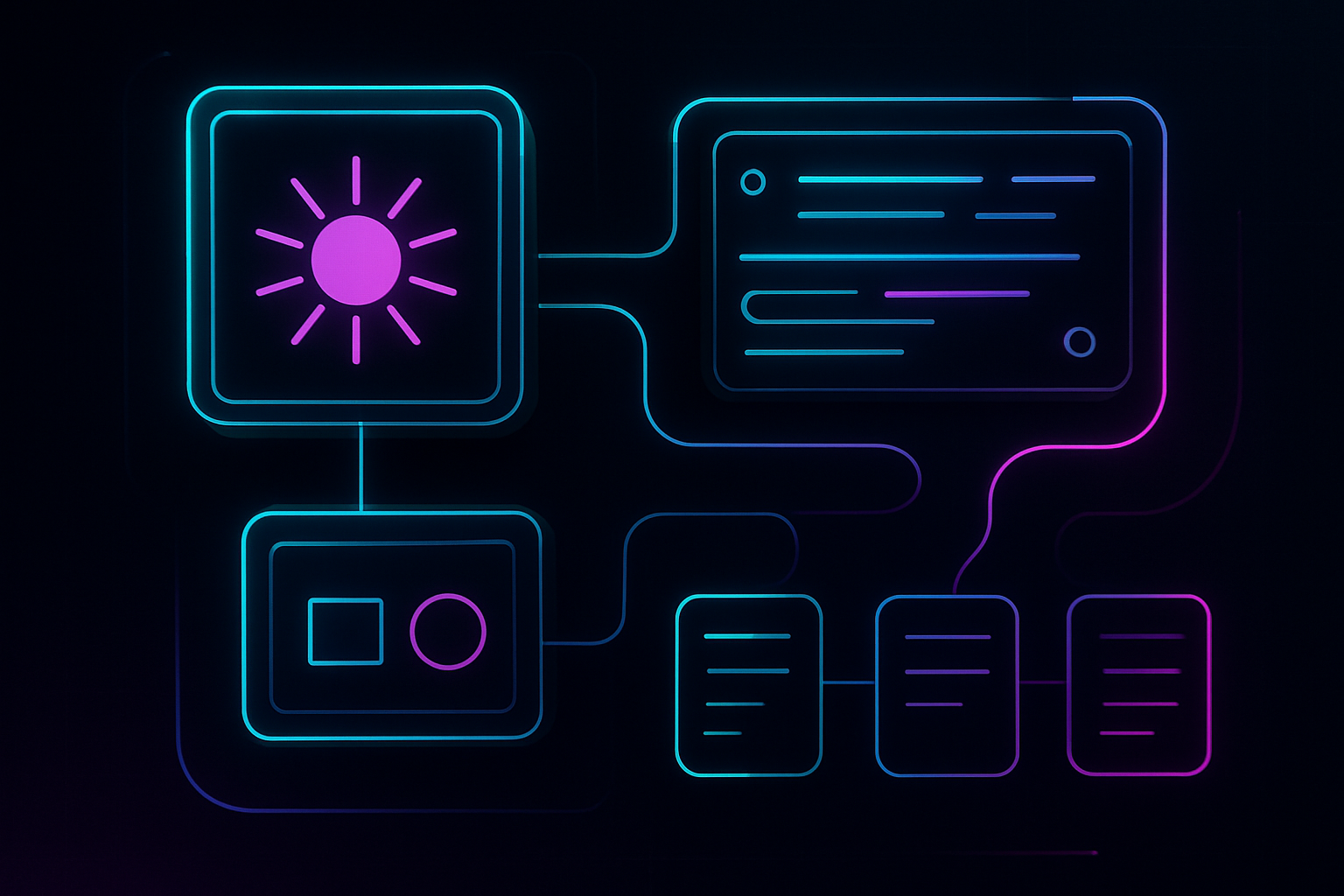
Celestia is rapidly redefining the landscape for cost-efficient rollup deployment, offering a modular data availability (DA) layer purpose-built for scalability and developer flexibility. With Celestia, the days of relying exclusively on expensive Layer 1 blockchains like Ethereum for data posting are fading. Instead, rollups can now offload their data availability needs to a dedicated, scalable network, dramatically reducing costs and operational complexity.
As of today, Celestia (TIA) trades at $0.9993, reflecting its growing adoption as the backbone for modular blockchain architectures. The platform’s design is not only about lowering costs; it’s about enabling a new era where developers can launch custom blockchains and rollups without building consensus or managing validator sets from scratch. This plug-and-play approach is accelerating the proliferation of scalable, application-specific blockchains.
Why Modular Data Availability Matters for Rollups
Traditional blockchains combine execution, consensus, and data availability into a single monolithic stack. This model creates bottlenecks and drives up costs as demand increases. Celestia breaks this mold by specializing in data availability. Rollups can execute transactions independently, then post their transaction data to Celestia’s DA layer. This separation is fundamental to unlocking scalable modular blockchains and cost-efficient rollup deployment.
Celestia’s architecture supports dynamic scaling of block sizes, allowing multiple rollups to post data simultaneously without competing for execution resources. This not only increases throughput but also keeps costs predictable and manageable for developers and users alike. According to SwapSpace, this modular approach enables a more flexible ecosystem where innovation can flourish without the constraints of legacy monolithic designs.
Key Innovations: DAS and Namespaced Merkle Trees
Celestia isn’t just about shifting data availability off-chain; it introduces novel technologies that make this process both secure and efficient. Two standout features are:
- Data Availability Sampling (DAS): Instead of requiring every node to download entire blocks, DAS allows light nodes to verify data availability by randomly sampling small portions of block data. This reduces bandwidth requirements and enables scalability without sacrificing security. For a detailed technical overview, see Onchain Standard.
- Namespaced Merkle Trees (NMTs): Every transaction or blob of data posted to Celestia is tagged with a namespace. NMTs allow rollups to retrieve only the data relevant to them, eliminating unnecessary data processing and further reducing costs. More on how NMTs empower efficient rollup integration can be found at HTW Tech.
Real-World Impact: Cost Savings and Adoption Momentum
The impact of Celestia’s modular DA layer is already evident in production rollups. For example, Manta Network reported nearly a 99% reduction in data availability costs after migrating from Ethereum’s DA solution to Celestia (ChainCatcher). These savings are not theoretical, they translate directly into lower fees for end-users and greater economic viability for new applications.
Celestia (TIA) Price Prediction 2026-2031
Professional outlook based on current market data, technological advancements, and crypto market trends as of October 2025.
| Year | Minimum Price | Average Price | Maximum Price | Potential % Change (Avg) |
|---|---|---|---|---|
| 2026 | $0.85 | $1.20 | $2.00 | +20% |
| 2027 | $1.10 | $1.60 | $2.80 | +33% |
| 2028 | $1.30 | $2.10 | $3.50 | +31% |
| 2029 | $1.55 | $2.70 | $4.40 | +29% |
| 2030 | $1.90 | $3.40 | $5.50 | +26% |
| 2031 | $2.25 | $4.30 | $6.80 | +26% |
Price Prediction Summary
Celestia (TIA) is expected to benefit from growing adoption of modular blockchain architectures and increased demand for scalable, cost-effective data availability solutions. Prices are projected to rise steadily as more rollups and L2s leverage Celestia, with potential for significant upside in bullish scenarios. However, volatility remains likely given competition and broader crypto market cycles.
Key Factors Affecting Celestia Price
- Adoption rate of rollups and L2s using Celestia’s DA layer
- Continued improvements in Data Availability Sampling (DAS) and Namespaced Merkle Trees (NMTs)
- Crypto market cycles and overall sentiment
- Potential regulatory changes affecting modular blockchain projects
- Competition from other DA layers (e.g., Avail, EigenDA)
- Integration with major blockchain ecosystems and partnerships
- Network scalability and security enhancements
Disclaimer: Cryptocurrency price predictions are speculative and based on current market analysis.
Actual prices may vary significantly due to market volatility, regulatory changes, and other factors.
Always do your own research before making investment decisions.
As more projects integrate Celestia’s DA layer, the network effect is expected to drive further adoption and innovation across the modular blockchain ecosystem. The ability to decouple execution from data availability gives developers unprecedented control over their stack, fostering a vibrant environment for experimentation and growth.
Celestia’s momentum is also fueled by its interoperability and ease of integration. The network is designed to be framework-agnostic, supporting a wide array of rollup frameworks and Layer 2 solutions. This flexibility means that whether you’re deploying an EVM-compatible rollup, a zk-rollup, or an entirely novel virtual machine, Celestia’s DA layer can seamlessly support your architecture. Developers can focus on execution logic and application design while Celestia handles the heavy lifting of secure and scalable data availability.

Security remains a cornerstone of Celestia’s value proposition. By leveraging Data Availability Sampling and Namespaced Merkle Trees, the protocol ensures that even lightweight nodes can independently verify data availability and integrity. This democratizes participation in the network and strengthens decentralization, critical attributes for any infrastructure underpinning the next generation of scalable modular blockchains.
The Road Ahead: Scaling Modular Blockchains with Celestia
The modular DA layer’s impact stretches beyond immediate cost savings; it is laying the groundwork for a future where launching a blockchain is as simple as deploying a smart contract today. As more teams adopt Celestia for their rollups, we’re seeing a shift toward application-specific chains that can iterate rapidly, target niche markets, and deliver tailored user experiences without being held back by Layer 1 congestion or high gas fees.
Key Benefits of Celestia Data Availability for Rollups
-
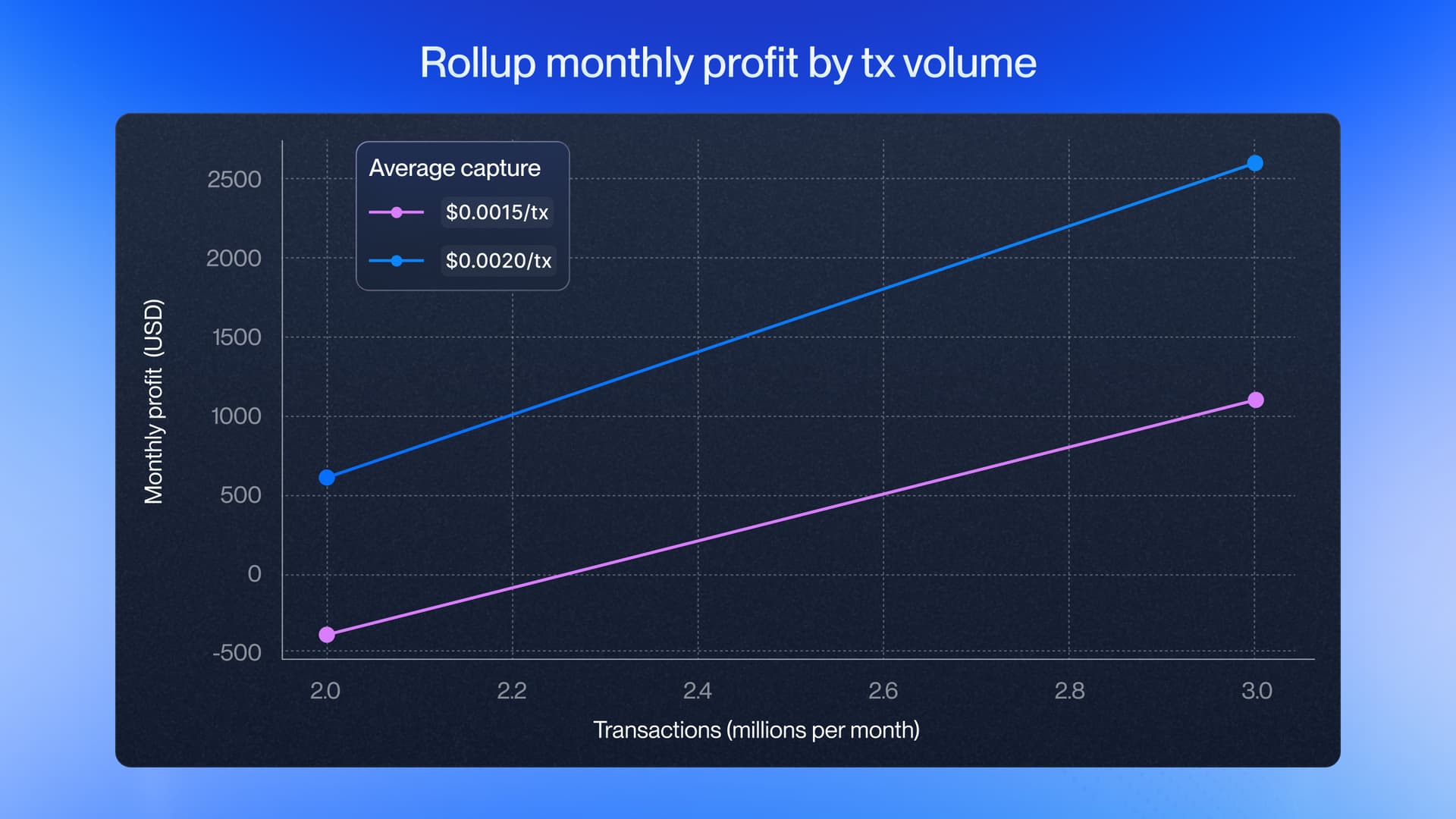
Significant Cost Savings: By offloading data availability to Celestia, rollups can dramatically reduce operational expenses. For example, projects like Manta have achieved nearly 99% lower data availability costs compared to using Ethereum, with Celestia’s DA solution priced at $0.9993 per TIA as of the latest market data.
-
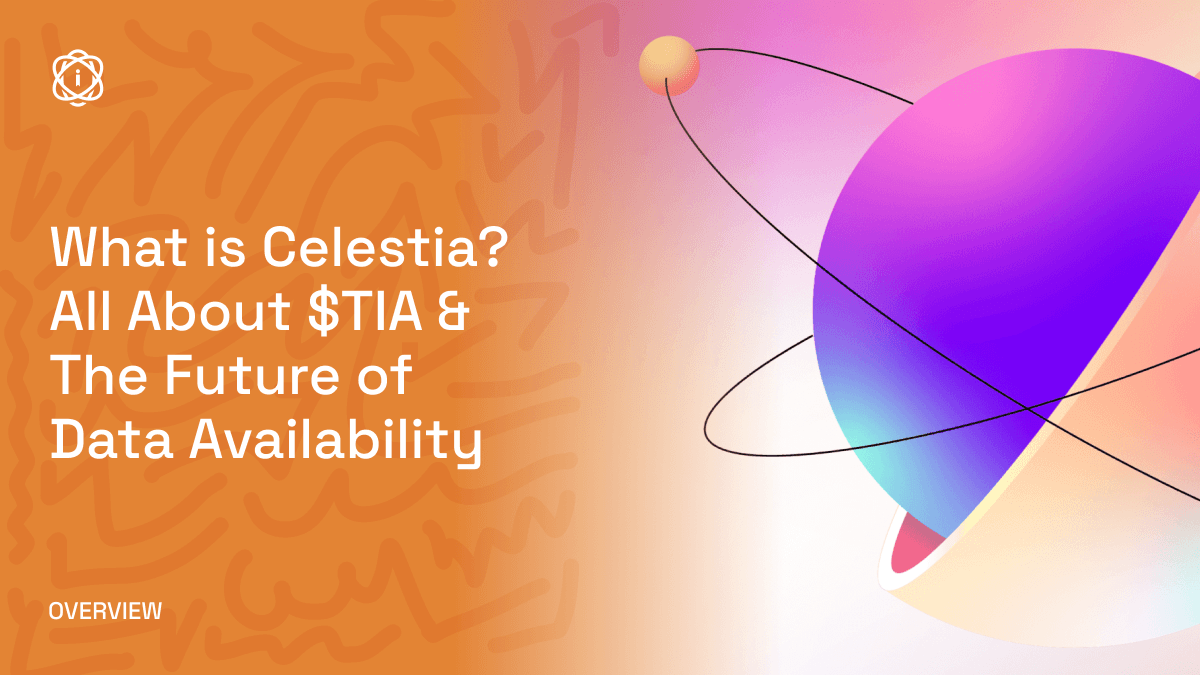
Scalable Architecture: Celestia’s modular design supports dynamic scaling of block sizes, allowing multiple rollups to post data simultaneously. This ensures that as user demand grows, rollups can scale efficiently without congestion or excessive fees.
-
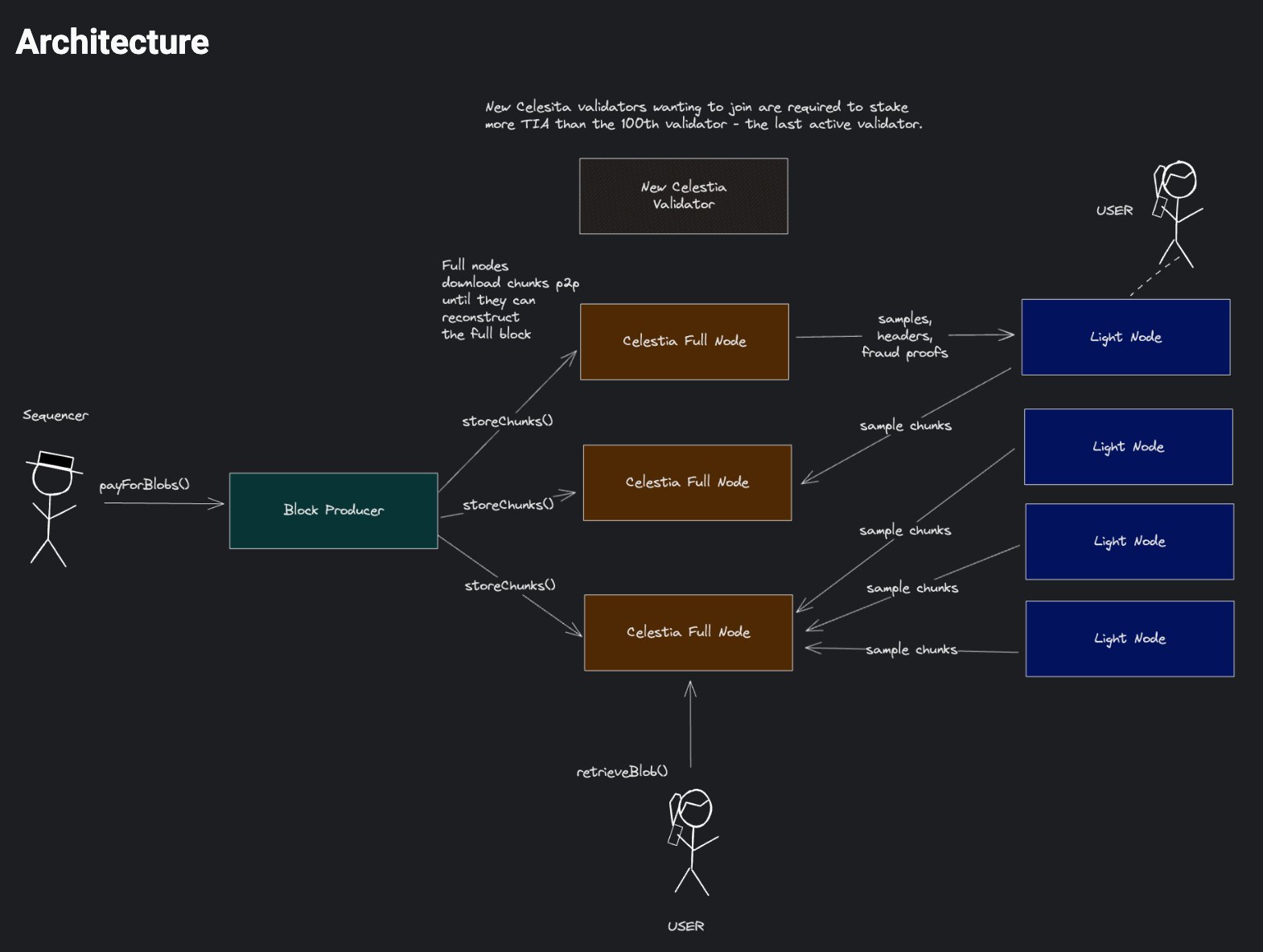
Data Availability Sampling (DAS): Celestia leverages DAS, enabling light nodes to verify data availability by sampling small portions of block data. This approach enhances scalability and security without requiring nodes to download entire blocks.
-

Namespaced Merkle Trees (NMTs): With NMTs, rollups can retrieve only the data relevant to them, reducing unnecessary data processing. Each transaction is tagged with a namespace, streamlining targeted data access and improving efficiency.
-
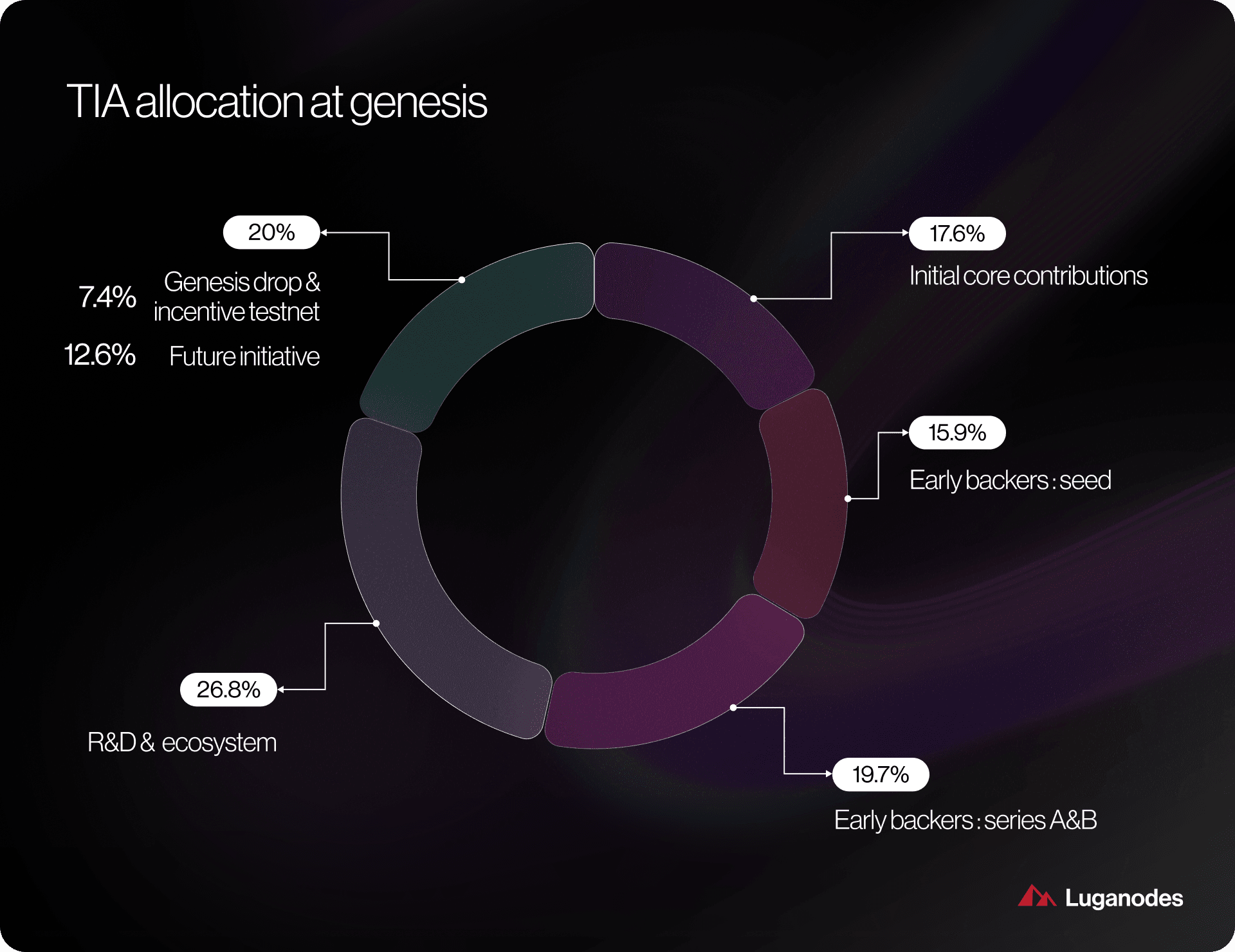
Seamless Integration for Custom Blockchains: Celestia’s plug-and-play DA layer simplifies the launch of new rollups and blockchains, eliminating the need for projects to build their own validator sets or data layers.
Looking at current market dynamics, with Celestia (TIA) priced at $0.9993, the platform remains accessible while continuing to attract developer attention and ecosystem partners. The recent price action, ranging from $0.4640 to $1.48 over the past 24 hours, illustrates both volatility and growing liquidity as more projects integrate with Celestia’s DA layer.
Community sentiment around Celestia’s modular approach is increasingly positive, with industry observers noting its potential to become the default data availability solution for large-scale rollup deployments. As highlighted by SwapSpace, this paradigm shift enables developers to build blockchains that are more scalable, secure, and cost-efficient than ever before.
Ultimately, Celestia’s modular DA layer is not just a technical innovation, it’s an open invitation to builders everywhere to experiment without compromise. By lowering barriers to entry and providing robust infrastructure, Celestia empowers the next wave of decentralized applications and services poised to shape the future of Web3.


